Tesla launches self-driving vehicles, but has yet to experience the 'ChatGPT moment'
![]() 10/14 2024
10/14 2024
![]() 570
570
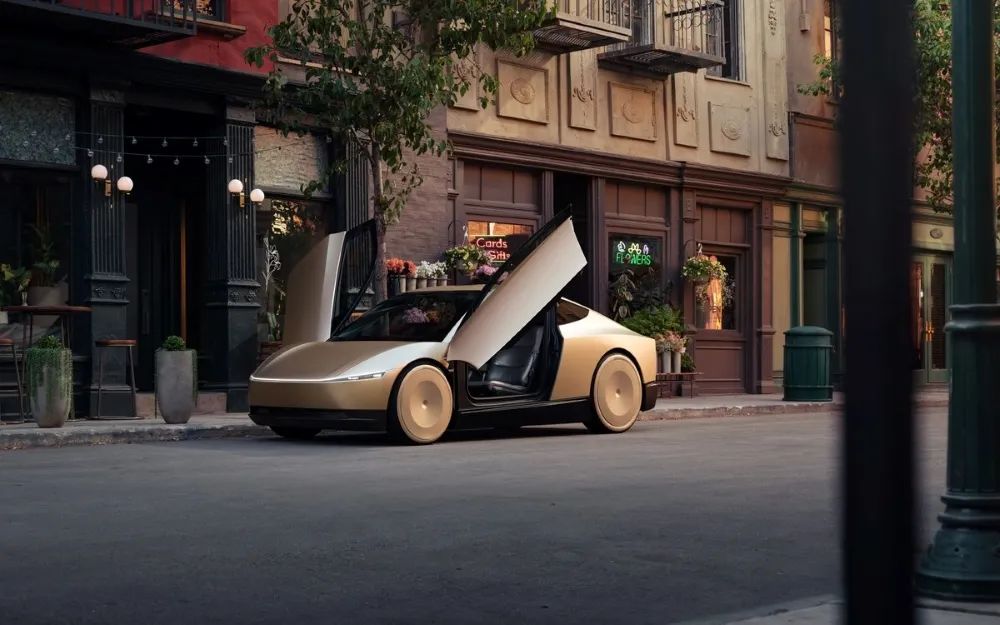
No surprises with Tesla's Robotaxi
Tesla's event, postponed for two months, was delayed by nearly an hour again at 10 am Beijing time on the 11th due to unexpected circumstances. Just as the whole internet was eagerly awaiting to see what magic tricks Elon Musk would pull, the event abruptly ended after just 25 minutes before viewers could even get a clear look at the Cybercab. Many wondered if they had entered the wrong live stream.
Interestingly, the location chosen for this event was also quite unique. Warner Bros. Studios, which has witnessed the birth of numerous blockbuster films such as "Batman" and "Harry Potter," was chosen as the venue, as if to suggest that Tesla is also a magical super technology company and a leader in AI.
The event was very straightforward, featuring only three products, one of which was the already-announced Optimus, with Cybercab and Cybervan being the new announcements.
The new Cybercab boasts a dual-wing door design and an oversized hatchback trunk, reminiscent of Tesla's previously launched pickup truck, the CyberTruck. Inside, the Cybercab eliminates traditional steering wheels and pedals, relying solely on a central control screen for passenger-vehicle interaction, and features inductive charging without NACS plugs. For autonomous driving, the vehicle relies primarily on cameras and AI technology.
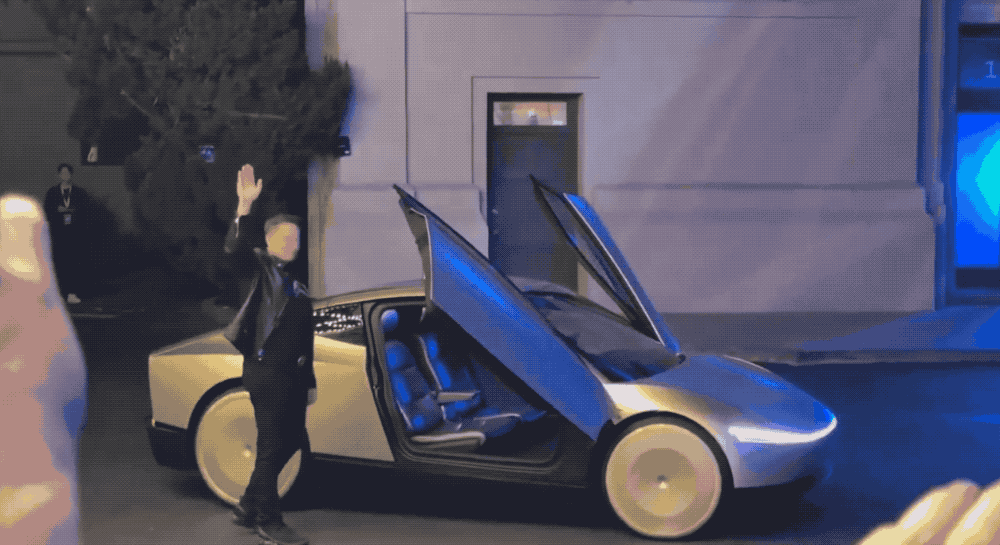
Unveiled alongside the Cybercab, the RoboVan, a self-driving bus, can carry up to 20 people and similarly lacks a steering wheel and pedals. It is designed to be part of Tesla's Tesla Network, an autonomous ride-hailing service for both Tesla's own autonomous vehicles and customers' personal cars.
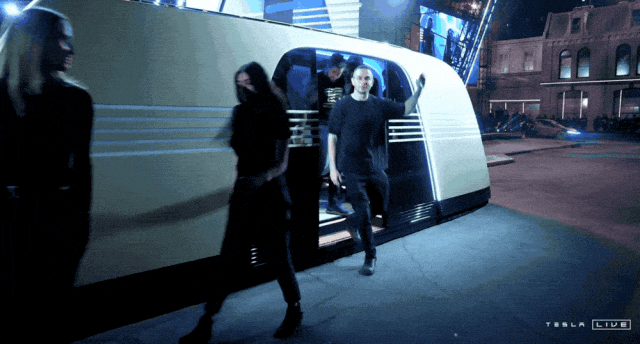
Musk hopes to reduce insurance and parking costs by increasing the utilization time of the Cybercab and Cybervan, from just over 10 hours per week to over 100 hours, or even up to 168 hours (a full week).
While the demonstration of the humanoid robot Optimus showed some improvement in flexibility, details were lacking. Similarly, the other so-called 'innovation' announced, wireless vehicle charging technology, was only briefly mentioned. There was no mention of Tesla's ride-hailing platform or the Model 2, which had been anticipated by the outside world.
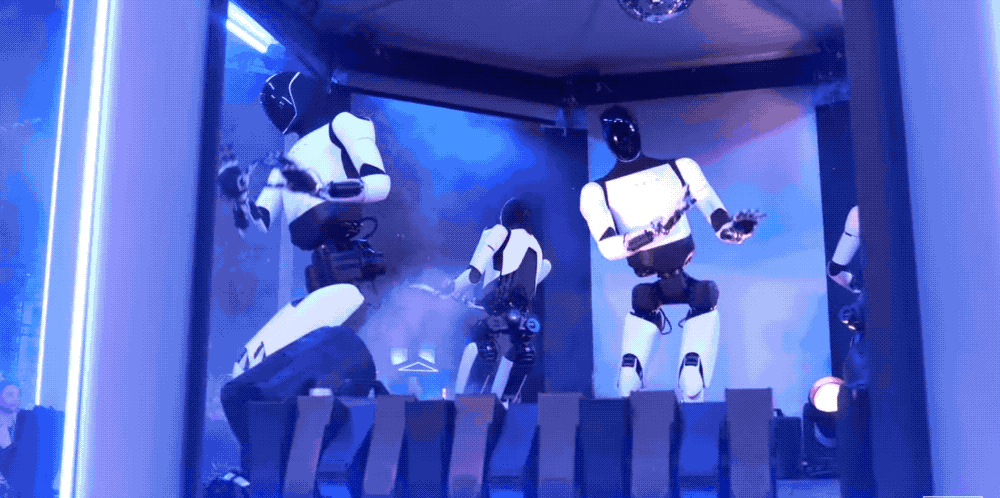
If Tesla had made such an announcement five years ago, it would have been far ahead of the competition. However, in 2024, when autonomous driving is already a crowded field, the concept of vehicles without steering wheels and pedals has lost its novelty. Domestic companies like Luobo Express and Pony.ai, as well as Google's Waymo, have already begun initial commercial operations, while Tesla's plans won't materialize until 2026 at the earliest.
Tesla's self-driving vehicles are essentially an extension of its FSD capabilities, which are indeed industry-leading in terms of data volume and intelligence. However, autonomous Robotaxis require solutions for operations, policies, regulations, technical bottlenecks, and business models. Some experts believe that Tesla lags behind Waymo by five years in the field of Robotaxis, which is not an exaggeration.
The loss of magic in Musk's promises
01. The market needs tangible expectations
The event fell short of expectations, and interestingly, Tesla's share price fell from a gain of over 5% to a loss of over 10% in after-hours trading, marking its biggest decline since August 5th.
Why is the market no longer buying into Musk's promises? Has Musk ceased to be the tech pioneer, Iron Man? The market still recognizes Musk, and Tesla remains the most imaginative automaker and AI company, but investors are realistic. Big promises are great, but if the path to realization is unclear or questionable, the backlash is inevitable.
Musk understands the rules of the capital market, but he prefers not to elaborate on his plans to investors. As he recently stated, "If you don't believe Tesla can achieve its goals, sell your shares now. If you do believe, buy more." This comment exudes an air of arrogance, as if he doesn't need to justify himself.
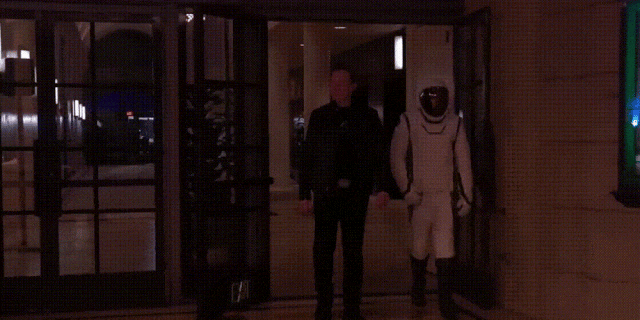
The Wall Street Journal noted that Musk "provided few new details about Tesla's self-driving taxi business model, such as revenue or market size projections."
Barron's observed that Musk "repeated much of what he has said before, and investors may have felt that the event lacked safety data." The publication highlighted five things Tesla needed to do on Thursday: showcase autonomous taxis, discuss service entry, address safety data, provide details on its business model, and offer a surprise. However, Tesla "accomplished just three of these five items," and even in those, "there wasn't much discussion of how the company would roll out its services, the regulatory hurdles it faces, or its plans to overcome them."
One Tesla shareholder expressed disappointment, stating, "Everything looked cool, but there wasn't much in terms of a timeline. As a shareholder, I'm very disappointed. I think the market needs a clearer timeline. I don't think he said much...he didn't provide much information."
Those who follow Musk closely will recognize that he has always been vague about technical details and timelines, such as with the FSD's repeated delays. So why is he facing criticism now? Because Tesla's performance has started to wane, falling short of expectations more often, with fewer surprises. Even Musk's staunchest supporter, Cathie Wood, has been repeating the same old talking points, and the market is growing immune and losing interest.
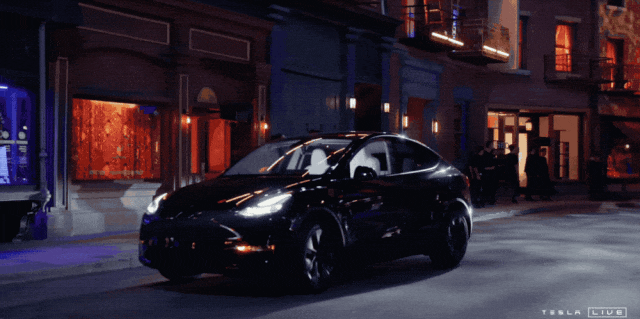
Tesla's financial report shows that its gross margin for the second quarter of this year was 18.2%, a decline of 1.1 percentage points from the 19.3% in the first quarter and below market expectations of 18.8%. In fact, Tesla's gross margin has been on a downward trend since last year, with figures of 19.3%, 18.2%, 17.9%, and 17.6% for the four quarters, respectively, failing to return to above 20%. In the first quarter of this year, the gross margin fell further to 17.4%.
Electric vehicle sales in the European Union have declined, with an even steeper drop of 33% year-on-year in August, marking the lowest monthly level since January 2023. Tesla has also been hit hard, with sales in the EU falling by 43.2% in August. In the US, where Tesla has a strong presence, institutional estimates suggest that only 150,000 vehicles were sold in the third quarter, a decrease of 3.2% from the previous quarter. In contrast, GM's electric vehicle sales increased by 60% in the third quarter, while Ford's grew by 12%. While it's difficult to say that electric vehicle sales in the US have stagnated, incentives and policies targeting Tesla are real, with purchases of Tesla vehicles with key components manufactured in China now eligible for a maximum incentive of just $3,750, a far cry from the previous incentives of up to $10,000 or $20,000.
02. Musk aims for a comeback with Robotaxis
To break the stalemate, Musk must take decisive action. In addition to engaging in politics and supporting Trump, Comprehensively promote Robotaxi is a viable path with immense potential.
According to a McKinsey market research report, the Robotaxi market is expected to grow at a compound annual growth rate of over 75% from 2024 to 2032, potentially reaching a market value of $7.842 billion by 2032. Moreover, operating Robotaxis can provide Tesla with a vast amount of real-world driving data, which can be used to further optimize its autonomous driving algorithms and enhance system safety and reliability. Additionally, Robotaxis offer a new mobility service model.
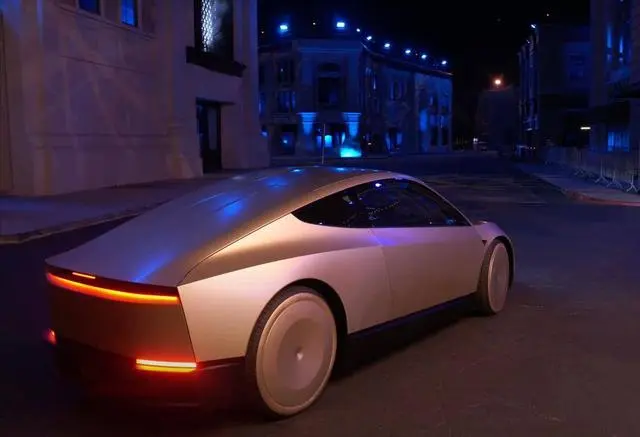
We have previously calculated that Tesla's FSD revenue and subscription numbers are currently not optimistic. Even if we calculate the buyout revenue at the highest rate of 22% in the US market, it would amount to only $2-3 billion. Achieving annual revenue of $10 billion globally would be challenging.
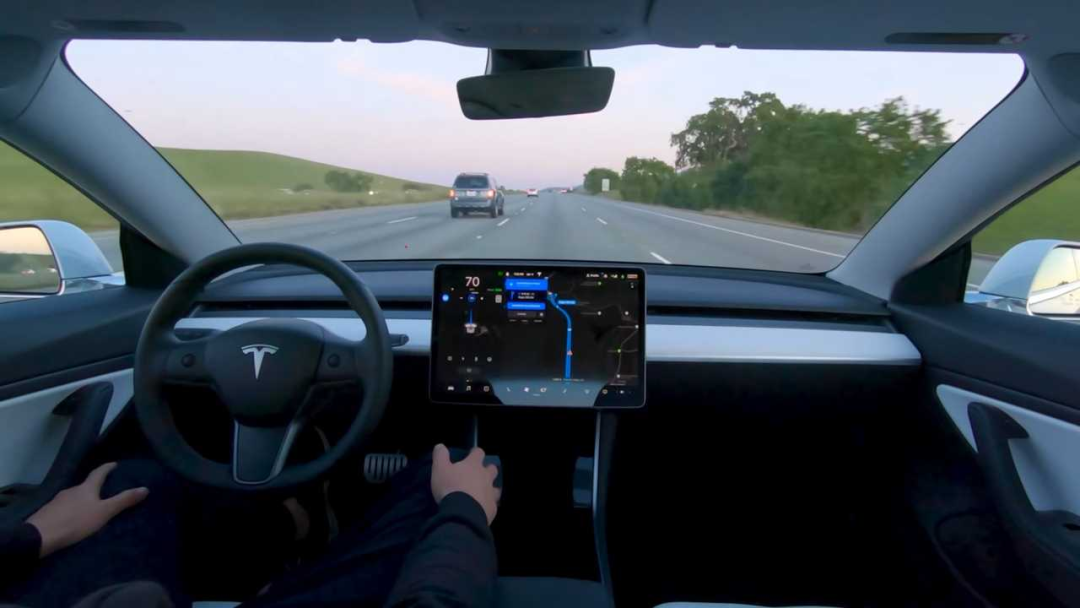
Image source: TechCrunch
Therefore, Musk's focus is not on FSD subscription revenue but rather on the entire business model, encompassing vehicles, mobility platforms, insurance, and more. Some media outlets have suggested that under the "franchise model" of privately owned and operated vehicles, the size of Musk's Robotaxi fleet is no longer constrained by capital costs. During Tesla's second-quarter earnings call in 2024, Musk stated that most people would be willing to join the Robotaxi fleet, potentially enabling Tesla to quickly amass a fleet of 7 million, 10 million, or even tens of millions of autonomous vehicles.
A head-to-head competition in autonomous driving between China and the US
China's Robotaxi industry has roughly the same starting point as the US, with Luobo Express, which has been frequently trending on social media, leading the way. It follows a similar business model to Waymo, purchasing vehicles for operation and earning a profit margin between operating income and costs, akin to the current taxi business model. As the only company in China capable of large-scale and regular testing, Luobo Express's services cover more than 10 cities nationwide.
However, unlike Waymo, Luobo Express adopts a technology model that combines autonomous vehicle intelligence with road-vehicle collaboration, maximizing China's strengths in this field. China has certain advantages in 5G, data centers, and intelligent transportation, facilitating the rapid advancement of this collaboration approach. Additionally, China's large automotive market, with a vehicle parc of 345 million, offers significant economies of scale. Moreover, China prefers holistic solutions that integrate vehicles, people, roads, and the cloud, and efforts are underway to expedite the improvement of laws and regulations related to autonomous driving. These advantages have allowed Luobo Express to forge a unique path by combining "intelligent vehicles" with "smart roads" through its "autonomous vehicle intelligence + road-vehicle collaboration" solution.
Waymo leads the Robotaxi market in the US, but it is still far from achieving the large-scale effects of "idle vehicles earning money around the clock" as described by Musk. Waymo's operations are limited, and while it has surpassed 100,000 paid trips, as of the end of August this year, only 778 self-driving vehicles were operating on a full-time, 24/7, and fee-based basis in downtown San Francisco. Musk has criticized Waymo for being both expensive and slow, stating that Tesla's solution is a universal one, unlike those of companies like Waymo. During Tesla's second-quarter earnings call this year, he noted that companies like Waymo have very localized solutions that rely on high-precision maps, which he described as "fragile" and limiting their ability to expand rapidly.
Kyle Vogt, the founder and CEO of Cruise, a US autonomous driving company, listed 15 key points for the successful implementation of Robotaxis before Tesla's event, including traffic congestion, collision detection, AI coverage, regulation, and licensing. Tesla is unlikely to be exempt from these challenges. In other words, at this stage, it will be difficult for Tesla to generate significant profits quickly, whether through FSD subscriptions for car owners or the operation of Robotaxis.
While analysts and investors are optimistic about Robotaxis, few seem to consider the end-user experience. According to a recent Uber survey, approximately 50% of passengers in areas offering autonomous driving services refused to use self-driving cars. Uber has been involved in autonomous driving since its early days and has partnered with companies like Waymo to launch autonomous vehicle fleets.
Final Thoughts
Analyst Thomas Monteiro bluntly stated that Tesla needs more of "Musk's magic" to move forward, and that Tesla investors need to see tangible results more than ever, whether in the form of humanoid robots or Robotaxis. Tesla's market value has fallen out of the top seven US stocks this year. According to Bernstein analysts, Robotaxis and humanoid robots account for up to 70% of Tesla's valuation.
Therefore, this is a battle that Musk cannot afford to lose. Perhaps Musk can still pull off a "repeated delays, desperation, and ultimate comeback" scenario this time around.
So, do you think Musk can stage another comeback? Feel free to share your thoughts in the comments section below!
References:
Tesla unveils Cybercab. Source: Guitu Saipao
Tesla bets big on self-driving amid challenges. Source: 36Kr Auto
Musk's promises stretch to 2026. Source: Renren Auto
No surprises with Tesla's Robotaxi. Source: Weijin Research








